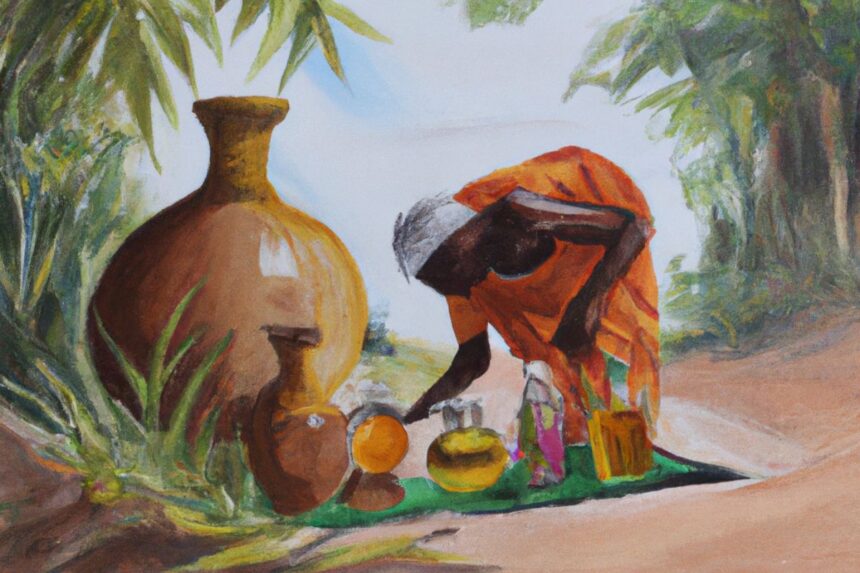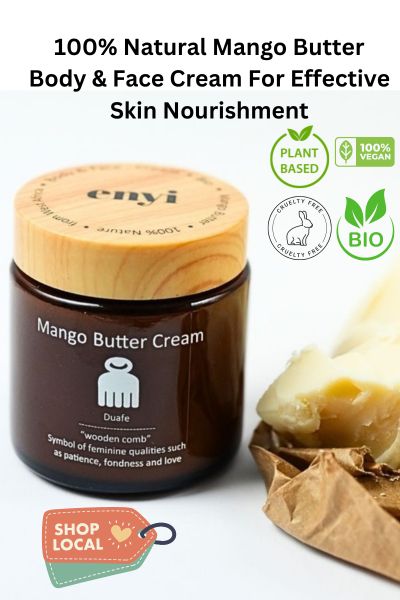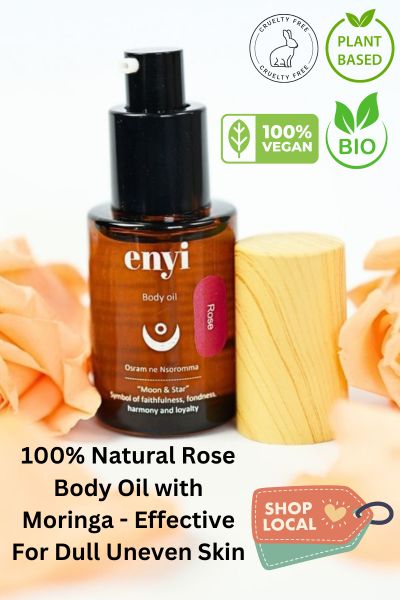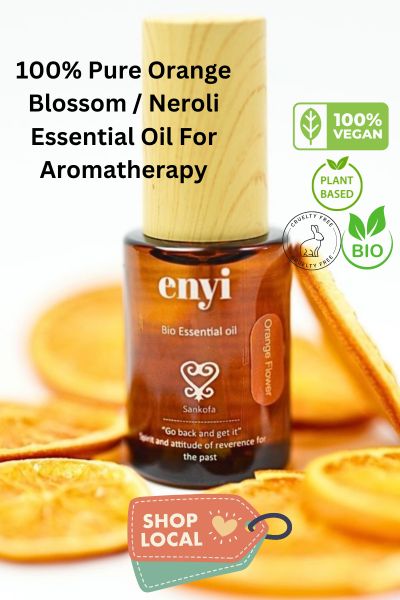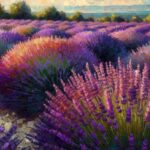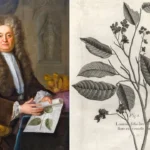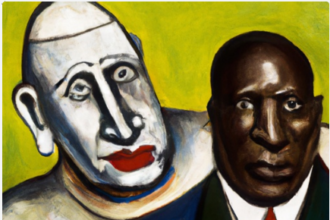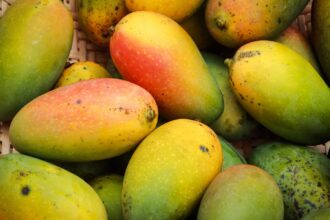On a journey of how to use essential oils, we will briefly explain the history, usage and definition. Essential oils can be defined as liquids extracted from plants through solvents, essentially liquefied plant versions. They are found in various plant areas, such as pockets, reservoirs, glandular hairs, specialized cells, or intercellular spaces. The evaporation of essences from plants serves as protection against bacterial attacks, and the warming aura shields them from temperature fluctuations.
How To Use Essential Oils
Essential oils, concentrated plant extracts renowned for their aromatic and therapeutic properties, can be used in various ways to enhance both physical and mental wellbeing. To use essential oils, one of the most popular methods is through aromatherapy, which involves diffusing the oil into the air using a diffuser. This method allows the oils’ molecules to be inhaled, promoting relaxation, mood enhancement, or energy boosting, depending on the oil used. Another method is topical application, where the oil is diluted with a carrier oil like coconut or jojoba oil and then applied to the skin.
This can be particularly effective for localized issues like muscle pain or skin conditions. Essential oils can also be added to bath water for a relaxing and rejuvenating experience. However, it’s important to note that not all essential oils are safe for direct skin contact or ingestion, so it’s crucial to do thorough research or consult with a healthcare professional before use. Additionally, always conduct a patch test before applying an essential oil topically to ensure there is no allergic reaction.
Overview of enyi’s essential oils
Lavender
Lavender essential oil stands out as a versatile and popular choice in aromatherapy, derived from Lavandula angustifolia. Extensive clinical research supports its efficacy in alleviating stress, anxiety,1 depression,2 and potentially other conditions, making it a valuable addition to mental health practices. While Lavender boasts multiple properties, including anti-inflammatory, antifungal, antidepressant, antiseptic, antibacterial, antimicrobial, antispasmodic, analgesic, detoxifying, hypotensive, and sedative effects, it should not be the sole approach to care (Silva GL, Luft C, Lunardelli A, et al.). Incorporating a few drops into a cloth, tissue, aromatherapy diffusers or vaporizer enhances its benefits.
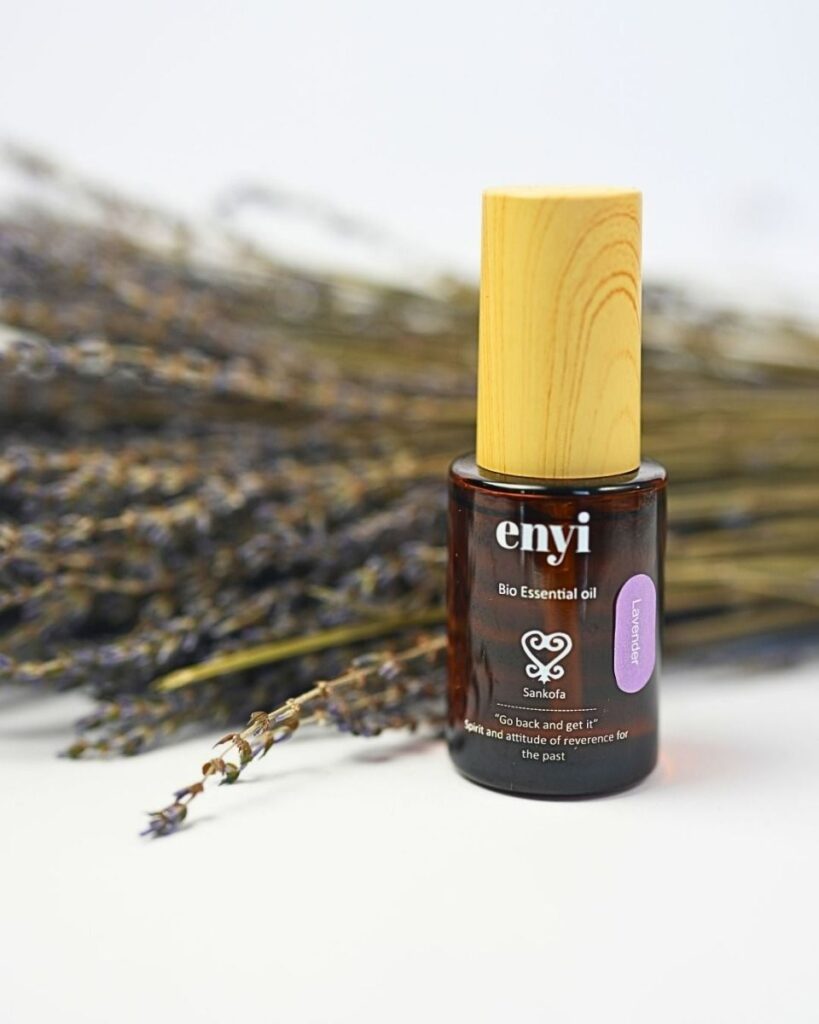
Lemongrass
Lemongrass essential oil, known for its uplifting and refreshing effects, proves particularly useful in aromatherapy for combating low-energy states. With restorative and mood-boosting properties, it fosters positivity, creating a clean, fresh atmosphere. As a body oil blend, Lemongrass aids digestion, eases discomfort, and soothes muscular aches. Post-exercise, it invigorates the body. Serving as a natural insect repellent, Lemongrass maintains a bug-free environment when diffused. Its antimicrobial properties make it ideal for home cleaning when diluted in a spray bottle, especially as we transition into Spring. Known for its tenacious aroma, Lemongrass blends well with other citrusy essential oils like Orange flower/Neroli, requiring only a small amount to shine through.
Nurturing Our Mind:
The invigorating and stimulating fragrance of Lemongrass essential oil aids in stress and anxiety reduction. Its aroma clears the mind of negativity, enabling focus on positive aspects of life. Particularly beneficial for those overwhelmed or dealing with depression or anxiety, it acts as an antidepressant by boosting serotonin levels in the brain, enhancing mood, and promoting better sleep.
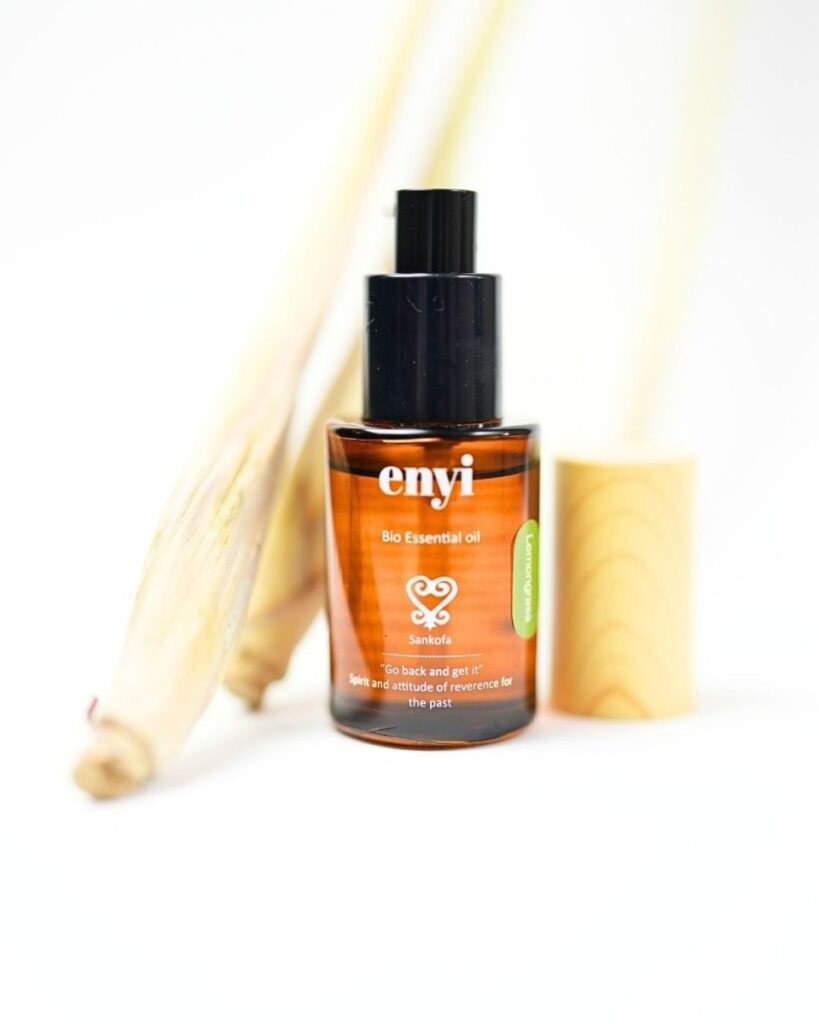
Neroli / Orange Flower Essential Oil
Neroli essential oil, known for its sweet and spicy fragrance, is a common remedy for anxiety. Advocates suggest that inhaling the aroma from the bitter orange tree’s flowers, the source of this essential oil, can induce calmness and alleviate excessive worrying. Limited research on citrus aurantium L. essential oil indicates potential benefits. In a study published in Hepato-gastroenterology, participants inhaling neroli oil before a colonoscopy experienced lower systolic blood pressure. However, anxiety and pain showed no change. Some health centers outside the United States use neroli inhalation as a sedative. A 2014 study noted improvements in menopausal and PMS symptoms with neroli inhalation.

Rose
Rose essential oil emits a calming, soothing, and warm scent. Traditionally used for grief, nervous tension, wound healing, skin health, allergies, headaches, and as a general anti-inflammatory, rose oil’s mood-boosting properties stand out. Ancestors, facing mental challenges, found solace in the pleasant sights and smells of surrounding flowers, like roses. Research highlights rose oil’s healing properties, demonstrating its effectiveness in treating anxiety and depression. Particularly beneficial for women, it relieves PMS symptoms, including restlessness, stress, insomnia, bloating, and menstrual pain.
In the course of rose aromatherapy, essential oils penetrate deep into your skin and lungs, rejuvenating the skin and soothing the mind. Gradually easing muscle tension, alleviating spasms, and reducing inflammation, rose essential oil’s topical application has proven wound-healing benefits. Remarkably, inhaling rose essential oil establishes a protective body barrier, preventing skin water loss and decreasing stress hormone concentration.
For a harmonizing blend with a calming yet uplifting effect, experience the nourishing combination of rose and lavender essential oils.

Currently, the utilization of unconventional and supplementary therapies alongside conventional medicine is on the rise. Essential oils play a significant role in this context.
These aromatic, volatile liquids, derived from plant materials through steam distillation, share the name of the originating plant. They are categorized as either products or blends of fragrant substances, which can include both aromatic and non-aromatic components. Essential oils exhibit significant variability, influenced by genetic factors, climate, rainfall, and geographic location.
Each essential oil possesses a distinctive composition of natural chemicals, impacting its scent, absorption, and effects on the body. This chemical makeup can differ even within the same plant species or between plants. It’s important to note that synthetic oils do not qualify as genuine essential oils.
Essential oils hold significance as both fragrances and potential healers for the body, mind, and spirit. These powerful organic plant chemicals create an environment resistant to disease, bacteria, viruses, and fungi. Scientifically documented, they exhibit versatile properties such as antibacterial, antiviral, anti-inflammatory effects, boosting the immune system, and influencing hormonal, glandular, emotional, circulatory, calming, memory, and alertness functions.
Numerous studies on humans explore their nature and roles in various diseases and disorders. These oils, known for their enduring potency and energy-specific characteristics, maintain their effectiveness over time. Their unique structure, closely resembling actual hormones, contributes to their stimulating properties.
A key feature of this therapy is the oils’ ability to penetrate subcutaneous tissues, resulting in complex and subtle effects due to their intricate structure and natural chemical properties. Inhaling these oils triggers a biological signal in receptor cells, transmitting it to the limbic and hypothalamus regions of the brain via the olfactory bulb. This process prompts the release of neurotransmitters like serotonin and endorphins, ensuring a desired change and providing relief. Calming, euphoric, and stimulating oils release serotonin, endorphins, and noradrenaline, respectively, influencing the mind and body as intended.
The origins of what we perceive as recent discoveries can be traced back to ancient times. In early African civilizations, rich cultures revered natural aromatic plants.
Enfleurage, a method employed by early Egyptian priests, involved extracting aromatic oils from flowers. Hippocrates, hailed as the Father of modern medicine, derived much of his knowledge from Egyptians. Dioscorides, a renowned Greek physician, compiled De Materia Medica, a foundational herbal knowledge document, incorporating various African remedies. Ancient Greco-Romans like Pliny and Galens were captivated by the fragrant plant-based healing techniques of Egyptians and
other early African societies. These figures, along with lesser-known physicians, documented, experimented with, and crucially, passed down African aromatic healing formulas, influencing Western herbalism and aromatherapy as seen today.
Essential oils, the essence of plants, are extracted from plant materials. Extraction methods impact oil quality through applied pressure and temperatures. Common extraction techniques include Steam Distillation, Solvent Extraction, CO2 Extraction, Maceration, Enfleurage, Cold Press Extraction, and Water Distillation.
Herbal extracts are formed when botanical material interacts with a solvent, dissolving some of its components. The resulting infused solvent, enriched with botanical materials, is termed the “extract.” The remaining solution can be liquid, or the liquid can be removed to solidify the botanical remnants. Solvents serve as preservatives or agents aiding in the breakdown and release of plant cell contents.
Aromatherapy and usage of essential oils
Aromatherapy employs essential oils as primary therapeutic agents in treating various illnesses, drawing its name from “aroma,” signifying fragrance, and “therapy,” denoting treatment. This natural healing method targets the mind, body, and soul. Ancient civilizations, including Egypt, China, and India, embraced aromatherapy as a popular complementary and alternative therapy over 6,000 years ago.
The intriguing aromatic history of the African continent extends to the continued involvement and distinctive applications of aromatherapy in the African diaspora. Engagement with aromatherapy takes various forms, including essential oils and the use of aromatic herbs in incense, rubs, pomades, solid perfumes, washes, baths, scented waters, and spirituality, representing common African aromatherapy practices.

A review of literature and current data indicates that aromatherapy garnered substantial interest in the late 20th century and remains highly popular in the 21st century. Recognized as aroma science therapy due to its significance, popularity, and widespread adoption, essential oils play a major role in therapeutic, cosmetic, aromatic, fragrant, and spiritual applications.
Aromatherapy utilizes essential oils, highly concentrated substances extracted from flowers, leaves, stalks, fruits, and roots, including distillation from resins. Administered through inhalation, massage, bath, or topical application, these oils are occasionally consumed internally. Fundamental to aromatherapy are inhalation and external application for mental and physical balance. These oils are known to alleviate various conditions such as depression, indigestion, headache, insomnia, muscular pain, respiratory issues, skin ailments, swollen joints, and urinary complications.
The efficacy of essential oils is enhanced when considering other aspects of life and diet. Acting on olfactory nerves from nose to brain, these oils exhibit proven antibacterial, antibiotic, and antiviral properties. Numerous reports, both scientific and from folklore, suggest their utility in conditions like Alzheimer’s, cardiovascular issues, cancer, and labor pain during pregnancy.
Presently, there’s a growing inclination to apply this method in addressing cancer and sleep disorders. Its natural essence and ability to harmonize with the body contribute
to a sense of well-being. Research discovered a notable increase in the locomotor activity of mice when exposed to rosemary essential oils, recognized in phytotherapy for revitalizing effects.
Aromatherapy’s integration into holistic medicine has significantly advanced in recent years. Literature reviews unveil numerous studies investigating its impact on the human brain and emotions. Its influence on mood, alertness, and managing mental stress in healthy individuals has become a focal point in scientific discussions. Researchers delved into its effects on work performance, reaction time, and spontaneous brain activities using electroencephalograph patterns and functional imaging studies. A comparison with synthetic odors indicated the therapy’s superiority.
Synthetic fragrances often contain irritants like solvents, leading to discomfort in some individuals. Aroma therapists argue that synthetic scents lack the essential oils’ vital energy, sparking ongoing debates between odor psychologists and biochemists.
Classification of Aromatherapy
1. Aesthetic aromatherapy employs specific essential oils in cosmetic products for the skin, body, face, and hair. These products serve various purposes such as cleansing, moisturizing, drying, and toning. Essential oils contribute to achieving healthy facial skin. Personally, a full-body or foot bath with cosmetic aromatherapy provides a straightforward and effective experience. A few drops of the appropriate oil similarly offer a rejuvenating and revitalizing sensation.
2. Aromatherapy through massage involves using grape seed, moringa oil, almond, or jojoba oil in pure vegetable oil during massage sessions, showcasing remarkable effects. This is recognized as the healing touch of massage therapy.
3. Utilizing essential oils to massage patients during surgery exemplifies medical aromatherapy, drawing on knowledge about the impact of essential oils on promoting and treating clinically diagnosed medical conditions.
4. Olfactory aromatherapy emerges from the inhalation of essential oils, enhancing emotional well-being, calmness, relaxation, or body rejuvenation. Pleasurable scents, unlocking odor memories, accompany stress release. Essential oils complement medical treatment but are not a substitute for it.
5. Psycho-aromatherapy achieves different emotional states using oils, offering relaxation, invigoration, or pleasant memories. Direct inhalation of oils or their room infusion influences the patient. Psycho-aromatherapy and aromacology both study aroma effects, whether natural or synthetic, with the former focusing on natural essential oils.
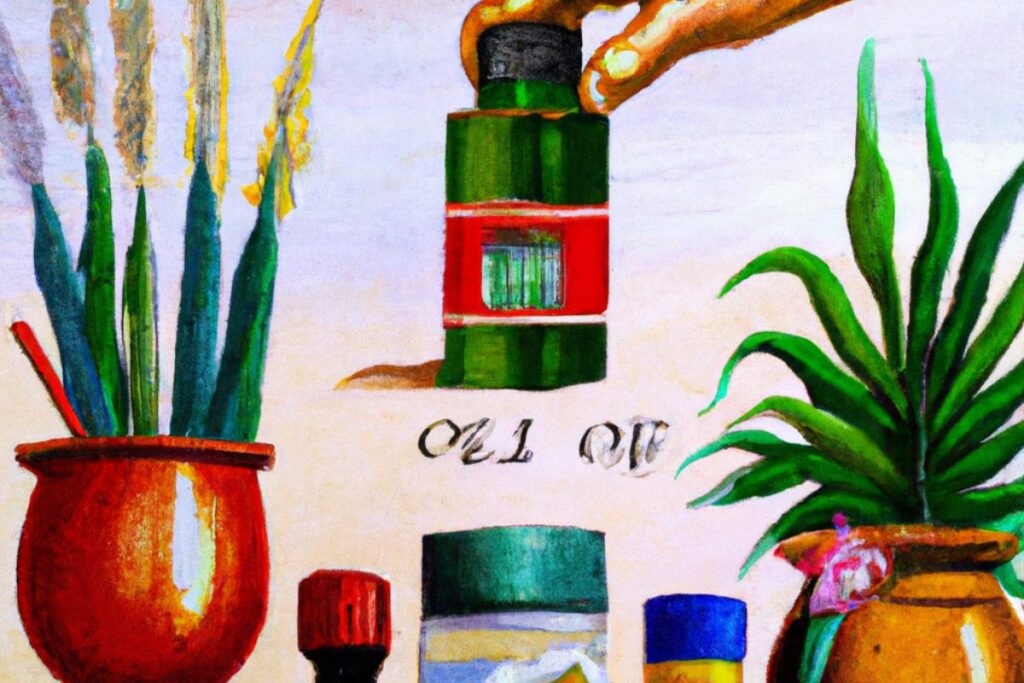
Essential Oil Dosage and Preparation
Regarding essential oil dosage and preparation, there’s no set daily allowance for these four types of essential oil. Aromatherapy principles suggest that inhaling the specific scent or applying the oil to the skin sends messages to the limbic system, influencing the nervous system and emotional regulation. A popular method involves blending the essential oil with a carrier oil like jojoba or sweet almond. Once mixed, lavender essential oil can be massaged into the skin or added to your bath.








